- Have any questions?
- +86-189 8930 5995
- sales@mosinterchem.com.cn
Carrageen CAS 9000-07-1

Dicalcium Phosphate Feed Grade CAS 7789-77-7
17/12/2018
Agar CAS 9002-18-0
17/12/2018| Model: | MOS9000-07-1 |
| Brand Name: | MOSINTER |
| CAS No.: | 9000-07-1 |
| Appearance: | White powder |
| Moisture %≤: | 12 |
| Transparency %≥: | Transparency %≥ 90 |
| PH: | 7.0~9.0 |
| Lead (ppm) ≤: | 5.0 |
| Arsenic (ppm) ≤: | 2.0 |
| Mercury (ppm) ≤: | 1.0 |
| Cadmium (ppm) ≤: | 1.0 |
Carrageen (CAS: 9000-07-1)
| Item | Index |
| Appearance | White powder |
| Moisture %≤ | 12 |
| Transparency %≥ | Transparency %≥ 90 |
| PH | 7.0-9.0 |
| Arsenic (ppm) ≤ | 2.0 |
| Lead (ppm) ≤ | 5.0 |
| Mercury (ppm) ≤ | 1.0 |
| Cadmium (ppm) ≤ | 1.0 |
Carrageenans or carrageenins are a family of linear sulfated polysaccharides that are extracted from red edible seaweeds. They are widely used in the food industry, for their gelling, thickening, and stabilizing properties. Their main application is in dairy and meat products, due to their strong binding to food proteins. There are three main varieties of carrageenan, which differ in their degree of sulfation.
Gelatinous extracts of the Chondrus crispus (Irish Moss) seaweed have been used as food additives for hundreds of years. Carrageenan is a vegetarian and vegan alternative to gelatin in some applications, although it cannot replace gelatin in confectionery like jelly babies.
Carrageenan has undergone many long-term dietary studies under defined regulatory conditions en route to its current global regulatory status. While some indicate that carrageenan safely passes through rat GI tracts without adverse effect when it is a dietary ingredient, other animal dietary studies have observed colitis-like disease and tumor promotion. In the late 2000s, some scientists raised concerns about whether the amount of “degraded carrageenan” (poligeenan) in food-grade carrageenan may lead to health problems, leading to a debate in the research literature.[4] It is yet to be determined whether such observations are pertinent to dietary safety considerations.
Europe prohibits the use of carrageenan in infant formula, organic or otherwise, for precautionary reasons, but allows it otherwise. In the U.S., it is permitted in organic foods, including juices, chocolate milk, and organic infant formula, as well as other types of foods.
Uses
Food and other domestic uses
Desserts, ice cream, cream, milkshakes, salad dressings, sweetened condensed milks, and sauces: gel to increase viscosity
Beer: clarifier to remove haze-causing proteins
Pâtés and processed meats (ham, e.g.): substitute for fat, increase water retention, and increase volume, or improve sliceability
Toothpaste: stabilizer to prevent constituents separating
Fruit Gushers: ingredient in the encapsulated gel
Fire fighting foam: thickener to cause foam to become sticky
Shampoo and cosmetic creams: thickener
Air freshener gels
Marbling: the ancient art of paper and fabric marbling uses a carrageenan mixture on which to float paints or inks; the paper or fabric is then laid on it, absorbing the colours
Shoe polish: gel to increase viscosity
Biotechnology: gel to immobilize cells/enzymes
Pharmaceuticals: used as an inactive excipient in pills/tablets
Soy milk and other plant milks: used to thicken, in an attempt to emulate the consistency of whole milk
Diet sodas: to enhance texture and suspend flavours
Pet food
Personal lubricants
Vegetarian hot dogs
Medical uses
Personal lubricant made from carrageenan
A 2006 in vitro study and a 2007 mouse study at the National Cancer Institute in theUnited Statessuggested that carrageenans might function as a topical microbicide. A 1987 in vitro study inSpainrevealed a broad spectrum antiviral activity of carrageenan.
HSV
There are indications a carrageenan-based gel may offer some protection against HSV-2 transmission by binding to the receptors on the herpes virus, thus preventing the virus from binding to cells. Research has shown a carrageenan-based gel effectively prevented HSV-2 infection at a rate of 85% in a mouse model.
HPV
Laboratory studies have shown carrageenans inhibit HPV infection in vitro and in mouse challenge models. A substudy of a South African HIV-prevention clinical trial found a lower prevalence of high risk HPV infection in users of a carrageenan-based vaginal microbicide, Carraguard, versus placebo users at the end of the trial—prevalence of high risk HPV infection at the beginning of the trial was not ascertained.
HIV
A phase 3 clinical trial by the Population Council examined whether a carrageenan-based product was effective as a topical microbicide for blocking HIV infection in women. The trial ran from 2004 to 2007, with more than 4,000 South African women completing the study, but found no statistical difference in infection between those having used the lubricant and those not having used the lubricant. The trial also provided information about usage patterns and showed that the gel does not increase infection any more than the baseline or cause significant side-effects. As such, it is expected to be used as a stable delivery vehicle for experimental antiretrovirals in future studies.
Concurrent studies in macaques found the same carrageenan gels used in clinical trials to be effective against SIV challenge. This was in direct contrast with in vitro findings, where the compound was found to enhance HIV and SIV infections in various assays. Although compliance was believed to be one issue in clinical versus animal trials, the high viscosity and controlled nature of animal-viral inoculations (atraumatic introduction of virus using a French catheter) may be why the latter animal study observed a positive outcome.
Common cold
Clinical studies have shown coating the insides of the nose with carrageenans to be preventative against common cold virus infections.
Animal models
Dilute lambda carrageenan solution (1–2%) injected subcutaneously causes swelling and pain. It is used in animal models of inflammatory pain e.g. to test efficacy of analgesics.
You must be logged in to post a review.

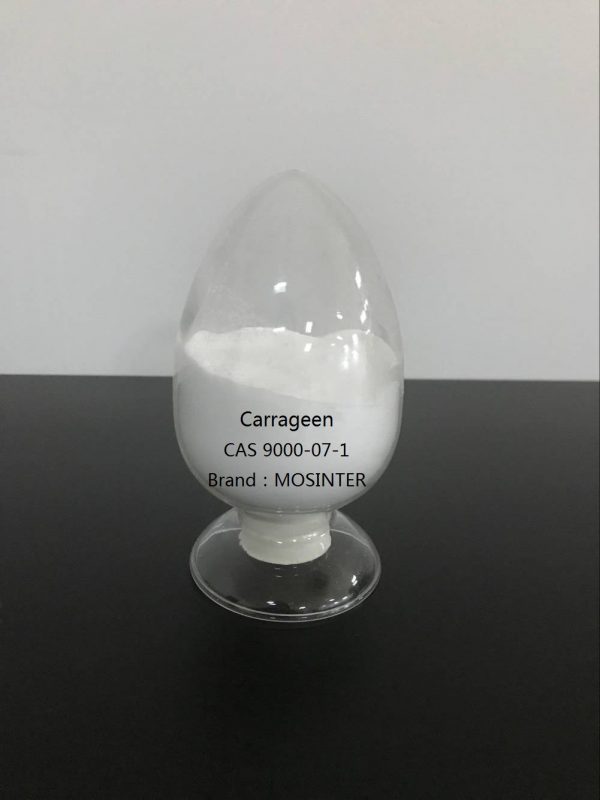
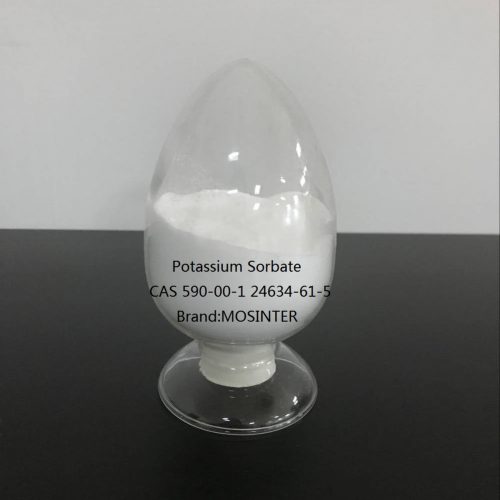
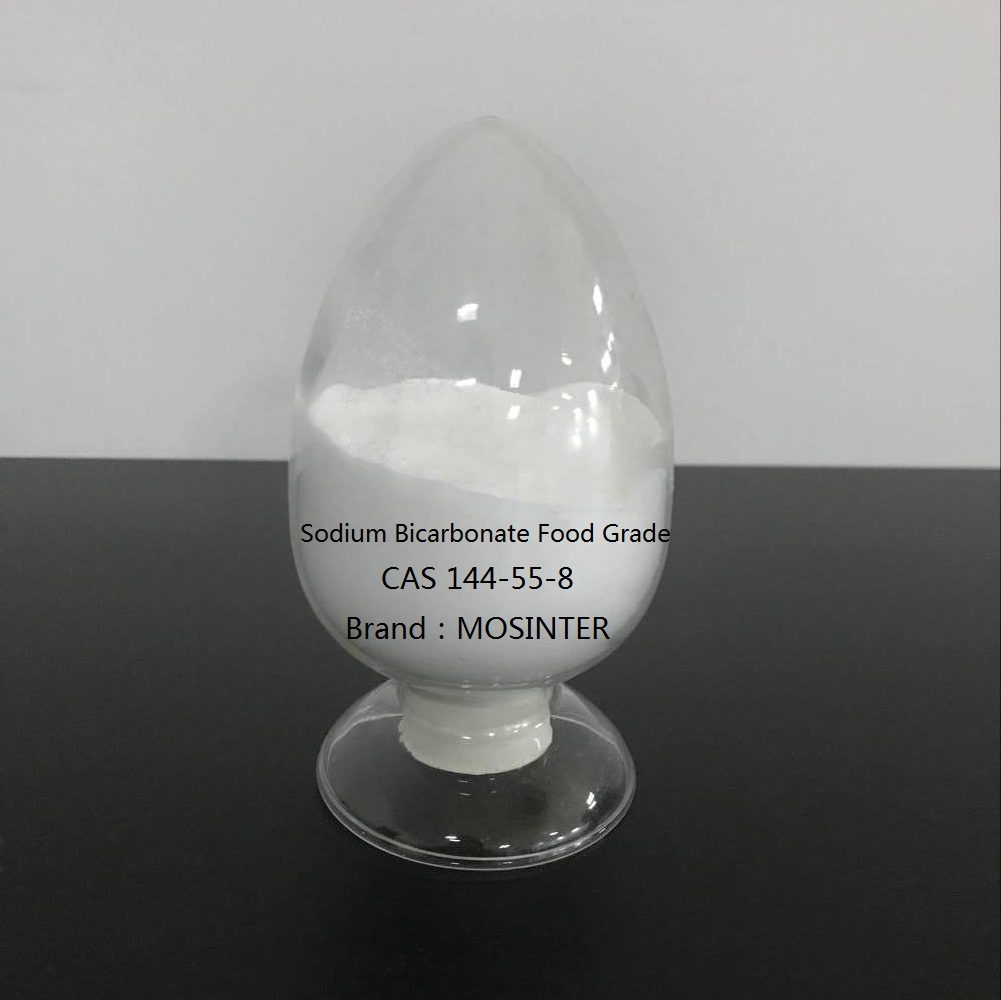
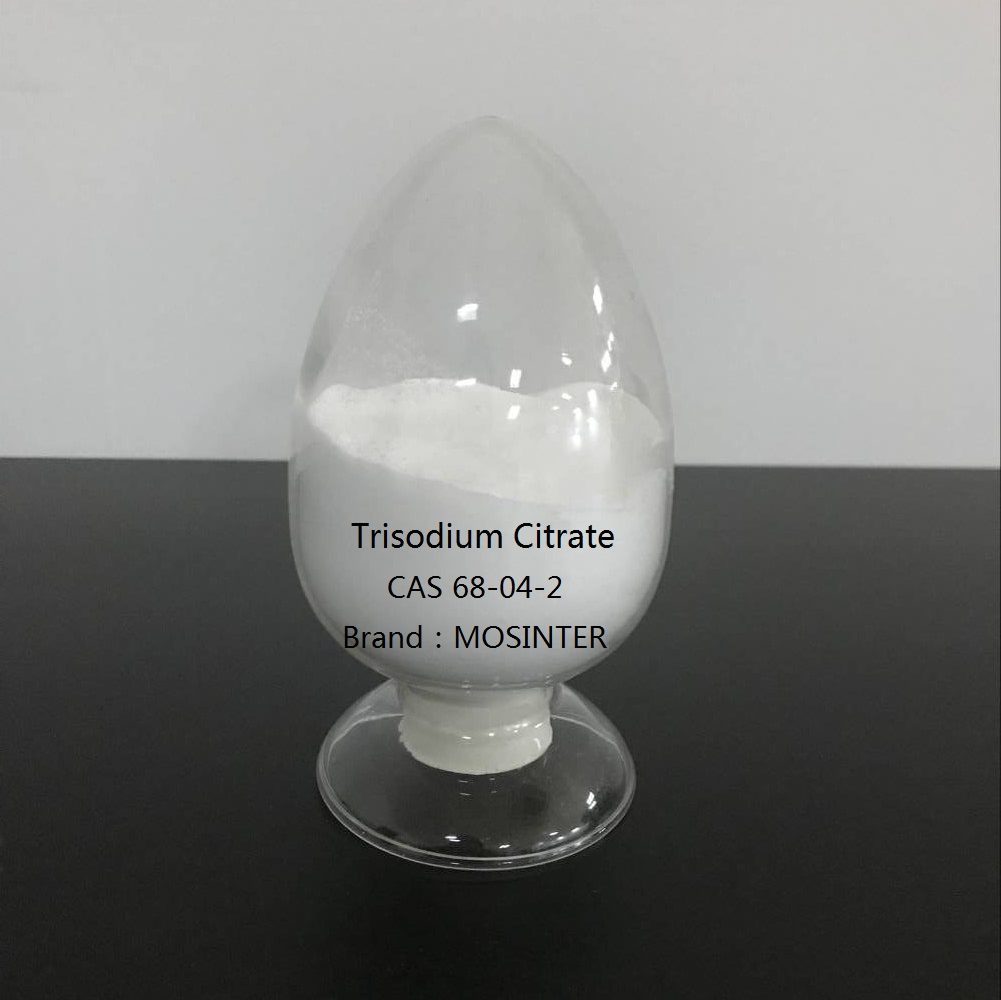
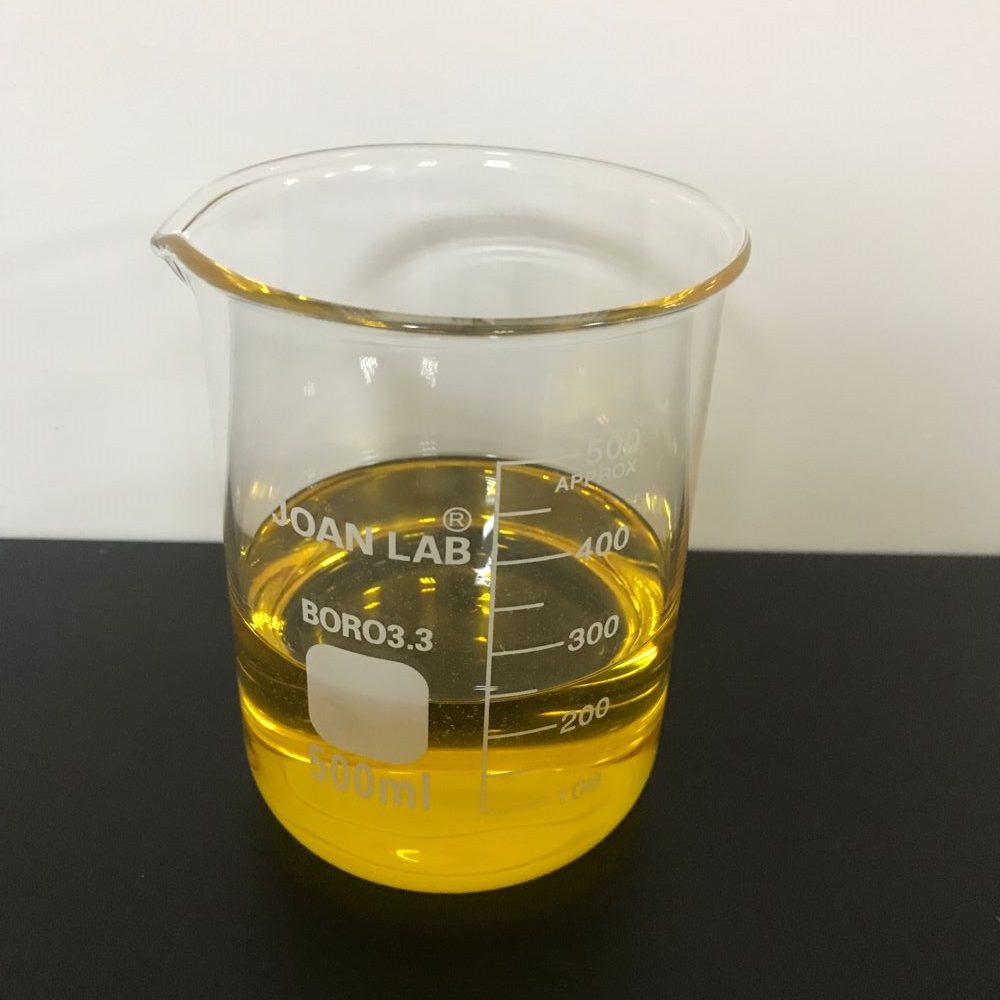
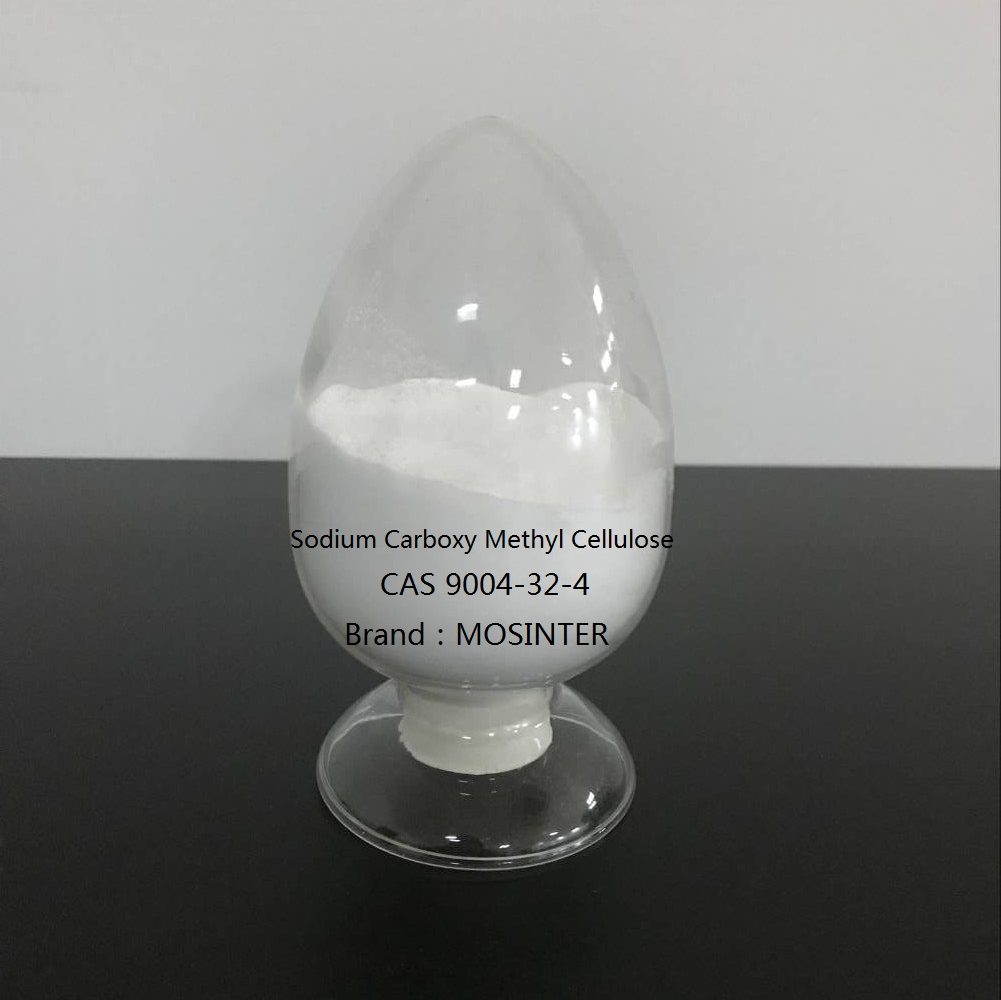
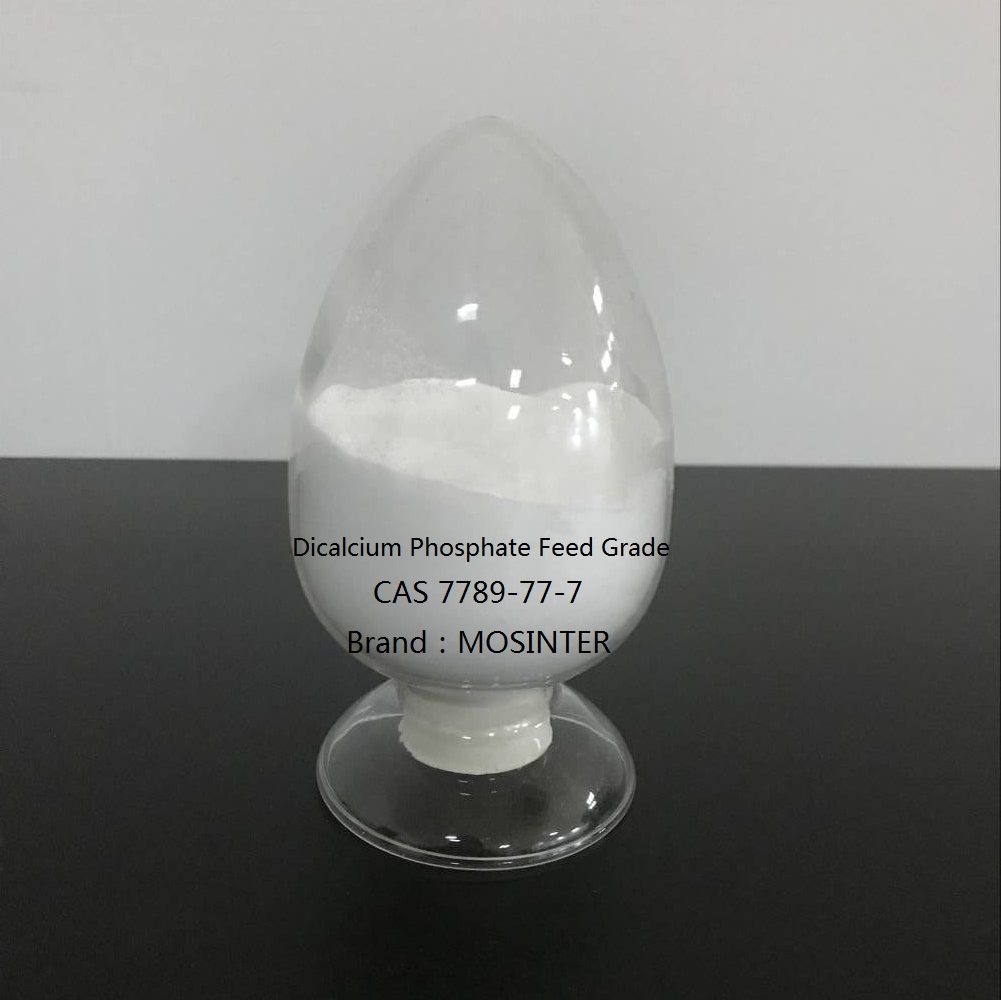
Reviews
There are no reviews yet.